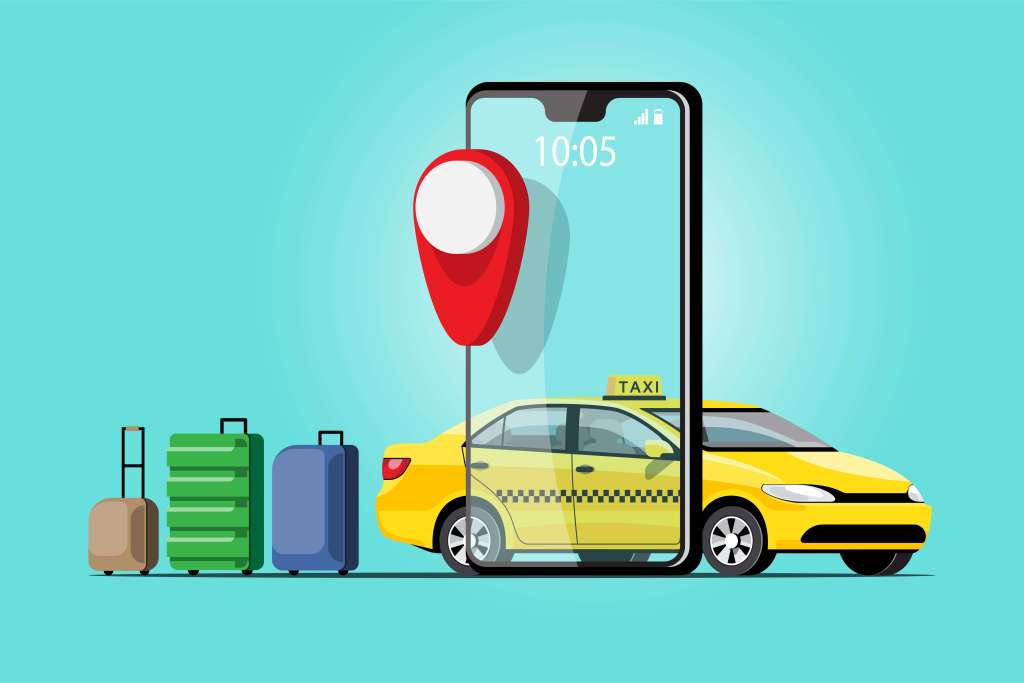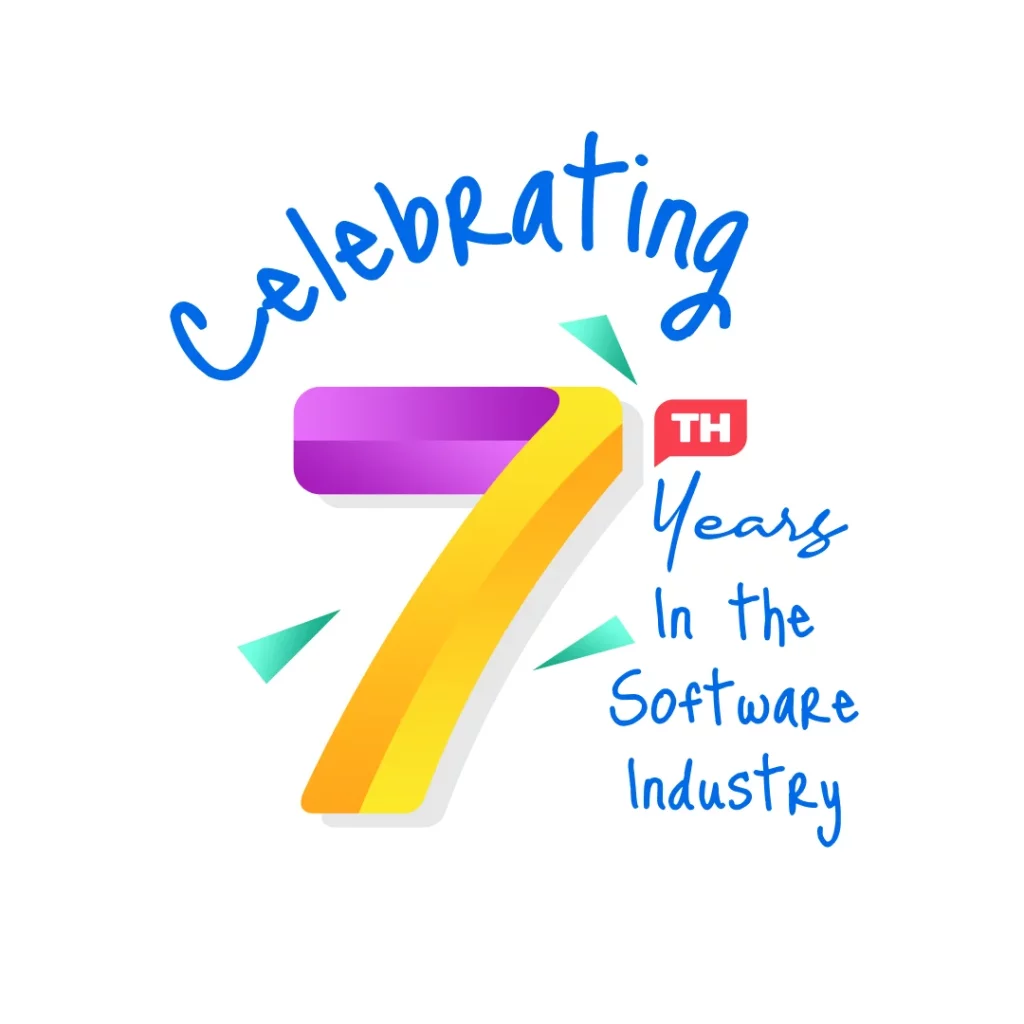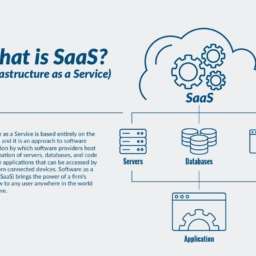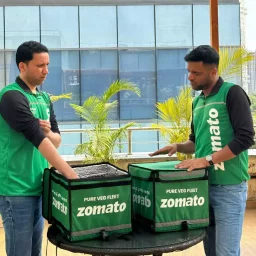
Grab car is one of the many new taxi booking applications that have come into existence over the past couple of years. Today, we will provide a detailed review of the Grab Taxi Service Application.
Grab Taxi, now known as Grab, is a ride-hailing and logistics services company based in Southeast Asia.
History of Grab car
In 2012, Grab was founded in Malaysia by two young entrepreneurs, Anthony Tan and Tan Hooi Ling. Initially, it started as a taxi-hailing app but expanded its services over time to include private car services, motorbike taxis, carpooling, and even food delivery services.
Grab’s success was driven by its commitment to providing a safe, convenient, and reliable ride-hailing experience to its customers. The company also prioritized the welfare of its drivers by providing them with reasonable pay and benefits.
In 2016, the company rebranded from GrabTaxi to Grab to reflect its diversified range of services beyond just taxis. The new name also signified the company’s vision to become a one-stop-shop for all transportation and delivery needs in Southeast Asia.
Grab operates primarily in Southeast Asia, serving countries such as Malaysia, Singapore, Indonesia, the Philippines, Thailand, Vietnam, Myanmar, and Cambodia. It has since expanded its services to include food delivery, digital payments, and other related services.
Today, Grab has become the leading ride-hailing platform in Southeast Asia, serving millions of customers in more than 300 cities across eight countries. The company’s success is a testament to the vision and hard work of its founders and the dedication of its employees to provide a seamless and hassle-free experience to its customers.
How many services Grab offers to its customer?
Grab offers several services through its mobile application like,
- Ride-hailing: GrabRide Users can book rides with various options, including taxis, private cars (GrabCar), motorbikes (GrabBike), and carpooling (GrabShare).
- Food delivery: GrabFood allows users to order food from restaurants and have it delivered to their location.
- Delivery services: GrabExpress offers courier services for delivering packages and documents.
- Grocery Delivery: GrabMart offers grocery delivery services
- Insurance Service: GrabInsure offers insurance for travel and transportation
- Payment Service: GrabPay’s digital wallet to make in-store purchases
- Finance Service: GrabFinance’s ”buy now, pay later option for drivers and customers
How Grab Car Business Model Works?
The Grab car business model is an online aggregator that connects individuals who offer transportation services with those in need of a ride. It has a simple operational structure but a highly sophisticated technology platform.
Customers can book a ride through the internet with drivers who offer ride services. Once the ride is completed, Grab takes a pre-decided cut from the fare, and the rest is given to the driver.
In addition to cab services, Grab has expanded and advanced numerous revenue streams, such as hotel reservation services, grocery shopping, and restaurant ordering systems.
It’s important to note that there are various business models being adopted by different on-demand apps. Therefore, it’s essential to choose the most suitable business model according to your needs.
Structure Of Grab Taxi Service Application
The GrabTaxi app has a standard structure like any other taxi booking service.
Users download the Grab mobile app, create an account, and input their pickup and drop-off locations. They can then choose the type of service they need (ride, food delivery, etc.) and confirm their booking. The app connects users with nearby drivers or delivery partners. Users can track the arrival of their service provider in real-time through the app and pay electronically.
1.Passenger App
The passenger app is designed to provide a hassle-free ride-ordering experience to customers. Passengers can use the app to book rides with just a few taps on their smartphones. They can also track the location of their driver and get real-time updates on the estimated time of arrival.
Features:
- Email or social media accounts Login
- Specify a pick-up and destination addresses
- Tracking driver realtime location
- Ride price before booking
- In app payment
- Ride History
- Feedback and reviews
2. Drivers App
On the other hand, the driver app is optimized to help drivers carry out ride orders efficiently. Drivers receive ride requests, pick up passengers and drop them off at their desired destination. They can also get directions to the passenger’s location and the destination, as well as receive payment for the completed ride.
Features:
- Email or social media accounts Login
- Profile management
- GPS tracking
- New ride alert
- Accept/Reject Ride
- Earning Overview
3. Admin panel
Lastly, the admin panel is an essential tool for managing drivers and orders. It gives administrators an overview of all the drivers and their ride activities. Administrators can use the panel to manage driver profiles, verify driver documents, monitor ride activities, and resolve any disputes that arise.
Features:
- Manage driver and customer
- Eagle eye view
- Advance analytics control
- Profile management
- Document verification
- Offer promotion option
- Cost overview
How does Grab Car make Money?
Grab car makes money through various revenue streams, including:
- Commission from rides: Grab charges a commission fee on each ride booked through its platform. This fee is typically a percentage of the total fare paid by the passenger to the driver.
- Service fees: In addition to commissions from rides, Grab may charge service fees for certain types of rides or additional services, such as premium vehicle options or priority bookings.
- Delivery fees: For services like GrabFood and GrabExpress, the company earns revenue through delivery fees charged to users for delivering food orders or packages.
- Advertising and partnerships: Grab partners with businesses for advertising and promotional opportunities within its app. Companies pay Grab to advertise their products or services to Grab users.
- Subscription services: Grab may offer subscription-based services to users, such as premium memberships or loyalty programs, which generate recurring revenue.
- Financial services: Through GrabPay, the company earns revenue from transaction fees for cashless payments made within the app and at partner merchants. Additionally, Grab may earn interest on funds held in users’ GrabPay wallets.
- Data monetization: Grab collects a vast amount of data on user preferences, travel patterns, and behaviors. It can monetize this data by selling insights or targeted advertising to third parties.
Overall, Grab utilizes a combination of these revenue streams to generate income and sustain its operations as a leading ride-hailing and logistics services provider in Southeast Asia. Grab has now become the leading taxi service provider in Southern Asia with a high net worth in 2023.
How much does the Grab Taxi application cost?
A taxi booking app cost cannot be fixed as it depends on various factors. The cost should be assessed based on different segments:
- Design and User Interface
- iOS and Android App Development
- Backend Development
- Seprate Web development
- Proper project management
- Quality Product takes time
Here are the estimated hours needed to develop the different versions of the app and the administrative panel:
- Passenger App (iOS): 246 hours
- Passenger App (Android): 246 hours
- Driver App (iOS): 192 hours
- Driver App (Android): 192 hours
- Administrative Panel: 520 hours
Hourly rates for specialists range from $30 to $180. The approximate cost of an iOS app is $40,000, and an Android app costs $45,000. A combined total for both platforms is $85,000.
Are you an entrepreneur or want to be but worry about high Developing cost?
We have a script code similar to the software used by Grab taxi and we are pleased to offer our services to help you develop your dream taxi service brand like Grab at a low cost. We have reduced the cost of development and also offer a white-labeled script, which means you can launch your application within a few days with our help.
There’s no need to worry. Just talk to our experts, and they will guide you through the entire process.
To get started, you can visit our website and fill out the form or schedule a 30-minute meeting. Alternatively, you can contact us on WhatsApp at 8780181674.
How did Grab Car Become So Successful?
Grab has become successful due to a combination of factors:
- Early Market Entry: Grab entered the ride-hailing market in Southeast Asia relatively early, allowing it to establish a strong presence and build brand recognition before competitors could catch up.
- Localized Approach: Grab tailored its services to meet the specific needs of each market it entered. This included adapting to local regulations, offering services like motorbike taxis in cities with heavy traffic congestion, and providing options for cash payments in regions with lower credit card penetration.
- Diverse Service Offerings: Grab expanded beyond ride-hailing to offer a wide range of services, including food delivery, package delivery, digital payments, and financial services. This diversified portfolio helped it capture more users and increase engagement on its platform.
- Technology and Innovation: Grab invested heavily in technology and innovation to improve its services and user experience. This included features like real-time ride tracking, cashless payments through GrabPay, and advanced algorithms for optimizing driver routes and matching.
- Partnerships and Acquisitions: Grab formed strategic partnerships with other companies and acquired competitors to strengthen its market position and expand its service offerings. For example, its acquisition of Uber’s Southeast Asian operations in 2018 solidified its dominance in the region.
- Customer Focus: Grab prioritized customer satisfaction by providing reliable services, responsive customer support, and incentives like loyalty programs and discounts. This helped build trust and loyalty among users.
- Adaptability: Grab demonstrated adaptability in responding to market changes and evolving customer preferences. For example, during the COVID-19 pandemic, it quickly pivoted to offer essential services like grocery delivery and implemented safety measures to protect both drivers and passengers.
Overall, Grab’s success can be attributed to its ability to innovate, localize, diversify, and prioritize customer satisfaction in a rapidly evolving market landscape.
Winding Up
Its success underscores the importance of adapting to market needs and prioritizing customer satisfaction. As Grab continues to grow and evolve, it remains at the forefront of shaping the future of transportation and essential services across the region.




Thanks for sharing. I read many of your blog posts, cool, your blog is very good.
thank you
hi yes we have
Your article helped me a lot, is there any more related content? Thanks!
yes we have.
send us a topic also
yes we have
hi
yes we have